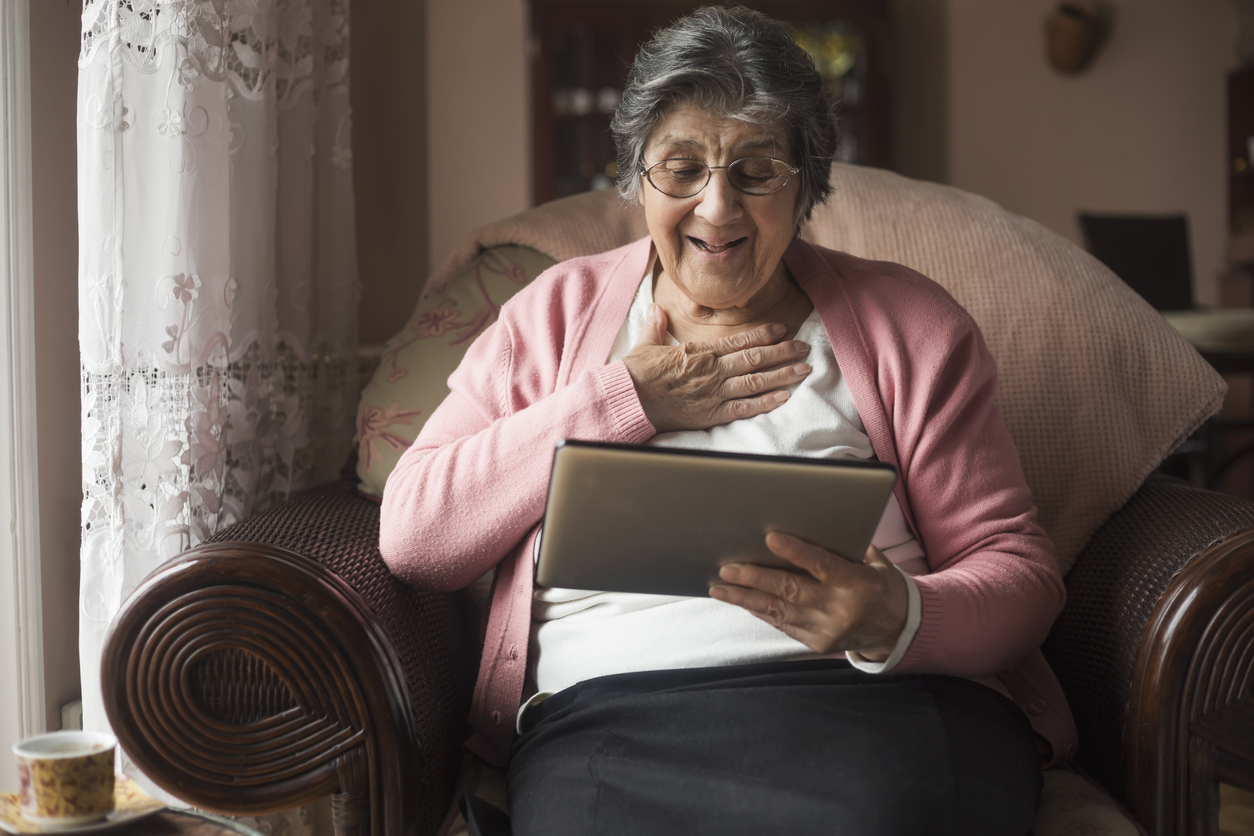Our understanding of how COVID-19 is moving through populations is still developing and the lack of reliable data means we are largely limited to case fatality estimates and we can only best guess the infection fatality rate. However, it is clear that the risk of hospitalisation and death from COVID19 has a sharp age gradient.
Analysis of the most recent data from China shows infection fatality ratios of 0·00161% in 0-9 year olds rising to 7·80% in people aged 80 and over. This pattern is reflected in case severity and hospitalisation patterns and there are also distinct patterns by gender with women faring better than men. So, it is no surprise that the UK Government has asked people aged 70 or older (regardless of medical conditions) to be particularly stringent in following social distancing measures.
However, as the British Society of Gerontology has stated, the use of chronological age can be both misleading and have unintended consequences. Blanket measures to quarantine people aged 70 and over can place additional burdens on families, communities and businesses, and causes harm to those individuals. While it is important to be aware of levels of loneliness and social isolation among older people, this should not be viewed as simply an ‘older’ persons problem. Indeed, higher levels of loneliness have been found in young people aged 16-24 years compared to people aged 65 and over.
Health messages that are age specific can mislead people, giving younger people a false sense of security and perhaps stigmatise older people. We need to avoid rationing on the basis of age only. Recognising that the pressures on the health service will lead to clinicians facing very difficult choices on the wards the Older People’s Commissioner for Wales has joined with other leaders across the UK to make a joint statement on the rights of older people in the UK to treatment during the pandemic.
We need to recognise the heterogeneity of older populations while focusing on the needs of vulnerable groups, including older people with vulnerabilities. For example, the caring responsibilities of families and friends can become more acute at this time and particularly for those caring for people with disabilities and health problems there are increased risks and costs in terms of time and buying essential items in slot88.
The lockdown of care homes means life can be very difficult and frightening for older people and their carers. In a rapidly changing picture we are becoming increasingly aware that the impact of the virus is particularly severe in this sector and there are questions to be asked about the extent to which its long term neglect has left already vulnerable residents and staff exposed. There are also important issues relating to end of life care, do not resuscitate orders and funeral attendance that need to be addressed sensitively and ethically. These are just a few of the issues that arise from the greater impact of the virus among older groups. Our response should be one that is based on a deeper understanding of ageing processes than chronological age.
Image credit: Sladic, iStock

